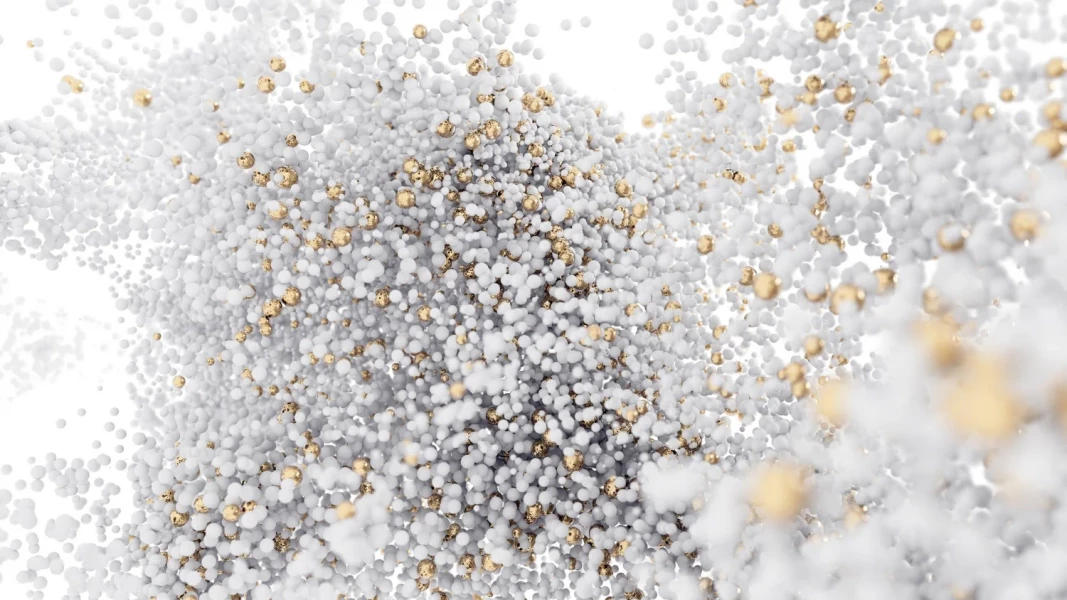Modified GCC to reduce sticky/pitch deposits in papermaking
The build up and accumulation of pitch (wood resin) and stickies (e.g. adhesives, ink and coating binders from recycled fibers) deposits negatively affects pulp and paper mills, leading to machine shut downs, increasing cleaning time, maintenance, production costs and compromising product quality.
Talc has been the benchmark for many years as a mineral additive in pitch and stickies control. Talc’s surface properties render this mineral very efficient in adsorbing pitch onto it’s surface, reducing its tackiness and avoiding the creation of larger agglomerates. Differently from chemical dispersants, that are used to maintain pitch or stickies colloids in a dispersed state to prevent its deposition but fail to remove them from the close recirculated water systems, pitch and stickies compounds adsorbed to minerals are efficiently incorporated into the paper structure and thus removed from the aqueous circuits and effluent streams within the final product. However, talc may contain contaminants harmful for human health, and therefore, the replacement of talc in the pulp and paper industry is desired.
Differently, calcium carbonate (CaCO3) mineral, commonly used as a paper filler or coating pigment in paper making is unharmful for humans. In this work, Omya research and development team have mimicked talc’s functional properties on calcium carbonate particles and developed an efficient mineral solution to replace talc as pitch/stickies control solution.
Recently, Omya’s functionalized calcium carbonate was used to control stickies in a tissue paper production factory. The results of this trial, as well as, different test methods for pitch and stickies control evaluation will be discussed in this presentation.
